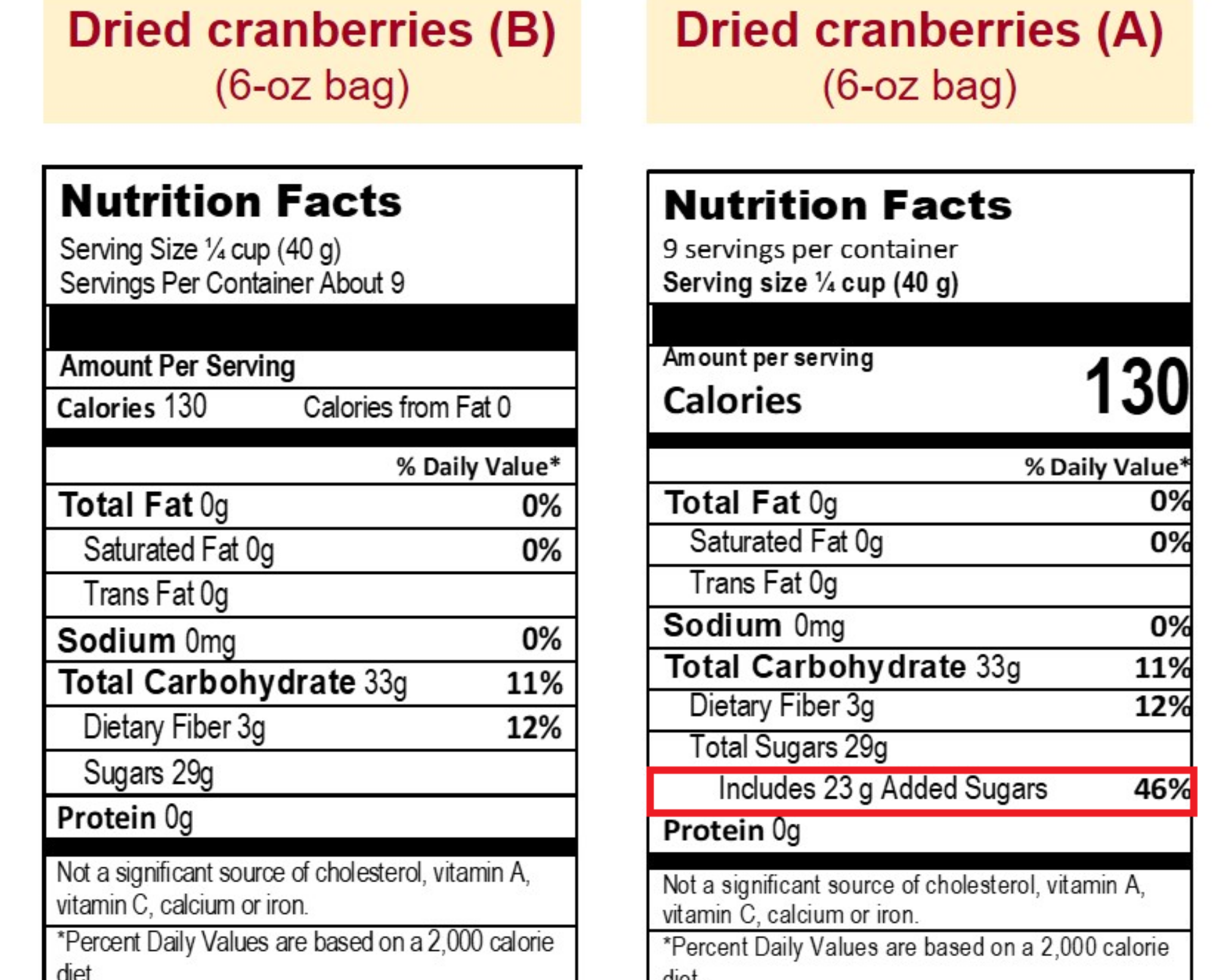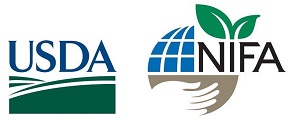
While VacCAP team members are working to improve cranberries and blueberries, one question is prominent: will consumers actually buy them? That’s what Dr. Karina Gallardo, Co-PD and Professor at Washington State University, and Dr. Elizabeth Canales, Co-PI and Assistant Professor at Mississippi State University, are trying to find out.
Canales and Gallardo’s roles in VacCAP are to analyze the socio-economic aspects of improving fruit quality of blueberries and cranberries. They will contribute to the VacCAP project goals by examining consumers’ perceptions of different fruit attributes, and their willingness to pay for those attributes.
“Our goal is to investigate consumer preferences as they relate to fruit quality, and the economic impact of their choices for the blueberry and cranberry industries” Canales said. “Once we know what the consumer wants, we can pass that information to the scientists to improve those fruit attributes.”
It’s important to understand consumers’ preferences for the different fruits and options that they have in the market. Blueberries and cranberries are no exception.
For blueberries, they will investigate what are the fruit quality attributes that will increase consumer demand and per capita consumption of blueberries.
“We know what the needs of growers are, we know what the needs of their packing houses are, but we don’t know what are the quality attributes that will trigger increased consumption of blueberries,” Gallardo said.
For cranberries, the team will investigate how the new FDA regulation that requires explicit language in the Nutrition Facts label declaring added sugars, which affects cranberry products, will affect consumer preferences, and thus the economic impact the change in label information will have for the cranberry industry. Industry groups are concerned the requirement to include added sugar to labels will strike against the “healthy halo” cranberry products have.
“I would like to estimate what is going to be the impact of this change in the language, so we are including questions about added sugars in our survey,” Gallardo said. “This will help us see what the impact of this language is on the probability of consumers choosing cranberry products and the probability of purchase.”
The team ultimately wants to look at what fruit quality traits could increase consumer demand while diminishing losses for growers and packing houses. But it isn’t always as straightforward as asking the consumers if they want a firmer blueberry or less added sugar in cranberry products, as there are other aspects that influence consumers choices such as the type of technologies implemented to produce cranberries and blueberries with the desired fruit quality characteristics.
Gallardo points out they need to understand what technology consumers will accept or reject when it comes to producing a firmer blueberry or less acidic cranberries. This, of course, is linked to the consumer’s perceptions of the science behind the implemented technologies and what tradeoffs they’d be willing to accept in order to get such products.
“In the cranberry case, if elevated sugar content is something that really concerns consumers, will they be willing to accept a new [breeding] technology if the new cranberry variety will not need added sugars?” Gallardo said. “And with blueberries, what if consumers want increased shelf life or a berry less prone to damage?”
The team notes there is already consumer rejection towards genetically modified produce, thus the need to investigate what new technologies consumers will accept or not. In addition, label regulations can vary and are confusing to the consumer, who might not necessarily have a good understanding on the differences in practices like marker assisted breeding or gene editing.
“[New technologies, such as marker assisted selection] are and will be the standard for breeding programs within the years to come. We would like to see how consumers will respond to that,” Gallardo said. “This new wave of consumers is more attuned to the environmental and socio-economic implications of their food choices. I think being transparent is the best thing and telling people what the science is about and why these new developments are so badly needed, in order for them to have the produce they most enjoy.”
However, how to display this information in food labels is not well regulated or standardized, thus the critical need to assess how consumers will change, or not, their purchasing choices based on their understanding of the information presented in labels.
“We want to evaluate if the consumers understand the “added sugar” information in the cranberry product Nutrition Facts labels as included in the total sugars or they think it’s something separate,” Canales said. “We’re also evaluating if the consumer changes their perspective towards added sugar if we provide additional information of why the sugar is added to the products, for example that it increases palatability of tart fruits.”
With that in mind, the team will also assess if including information on the health benefits of consuming cranberries will counteract the negative perception consumers might have of the added sugars.
To be able to collect this information from consumers, Canales and Gallardo will implement a methodology called choice-based conjoint analysis or discrete choice modelling, which allows them to indirectly elicit how much consumers are willing to pay for specific attributes of a product.
“It has been proven that if you ask a person an open question like ‘How much are you willing to pay for this product?’, you’re not going to get a realistic response, you will get a lower dollar amount that what they would be willing to pay,” Gallardo said. “But if you force the consumer to make tradeoffs between an attribute and the money they want to pay for an improvement in the attribute , then we can arrive at the conclusion of what consumers are willing to pay in order to get an improvement in one attribute or another.”
The team says this technique called conjoint analysis uses a series of discrete choice scenarios that are evaluated by consumers where the price and levels of a product’s attributes (e.g., level of added sugars) are varied to arrive at dollar figures for different attributes of the product, based on economic theory and using statistical methods to obtain this consumers’ willingness to pay estimate.
How the survey questions are worded is important too. Simply asking respondents if they do or do not like blueberries or cranberries isn’t going to offer much insight to help the industry. But when you ask them “What sacrifice are you going to make to obtain these improved attributes?” that is when we get more realistic responses from the consumers.
This technique leads to respondents asking “‘Am I willing to sacrifice my money in order to get something that does not have sugars, am I willing to sacrifice my money in order to get a blueberry that is firmer or crunchier, or is going to last more than two days in my kitchen?’ That is the key to our methodology.” Gallardo said.
When choosing to survey consumers, a representative sample of the population in terms of gender, age, income, and education throughout the country is critical. Using audience panels, through services such as Qualtrics, allows them to survey communities of respondents based on their consumers behavior and familiarity with blueberries and/or cranberries.
“In the case of respondent groups that are identified as not consuming these products, we ask them why they don’t consume, to get information on what will potentially make them consume the product,” Canales said. “This type of information is key to the industry to make the necessary changes to increase consumption.”
The team has already received all the responses from one of the surveys they designed for the cranberry study and have started the preliminary statistical analysis with help from Xueying Ma, a third year PhD student at WSU.
Canales and Gallardo have important tasks at hand for VacCAP. While other team members are working diligently in labs and fields across the country to develop better cranberries and blueberries, they will be making sure consumers are ready and willing to put the new and improved berries in their shopping carts.













